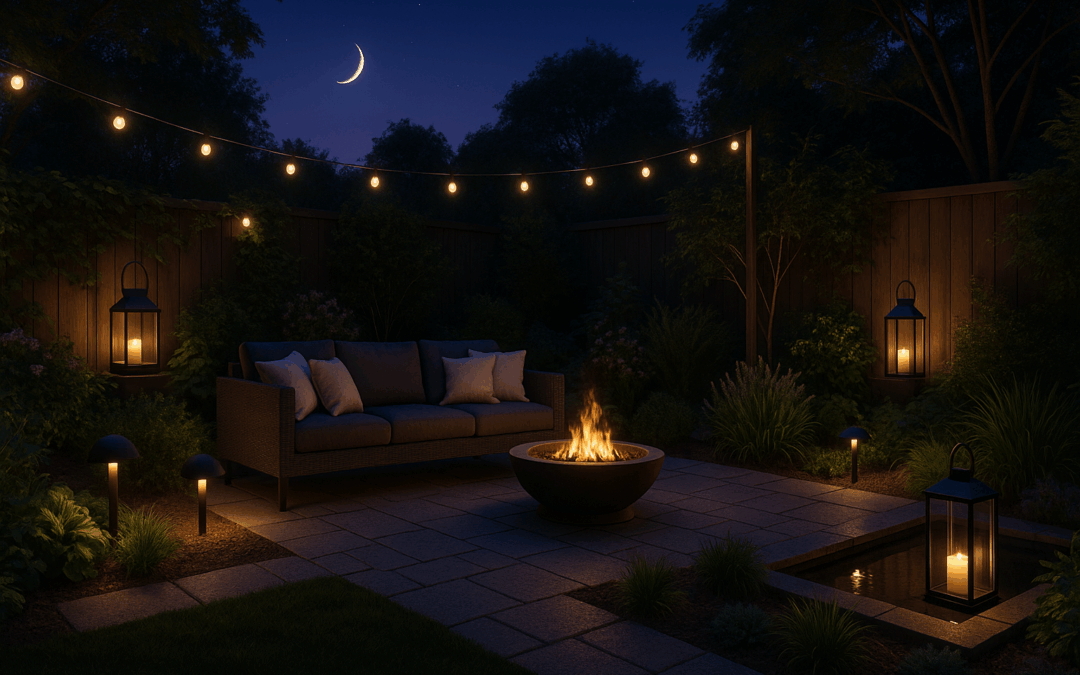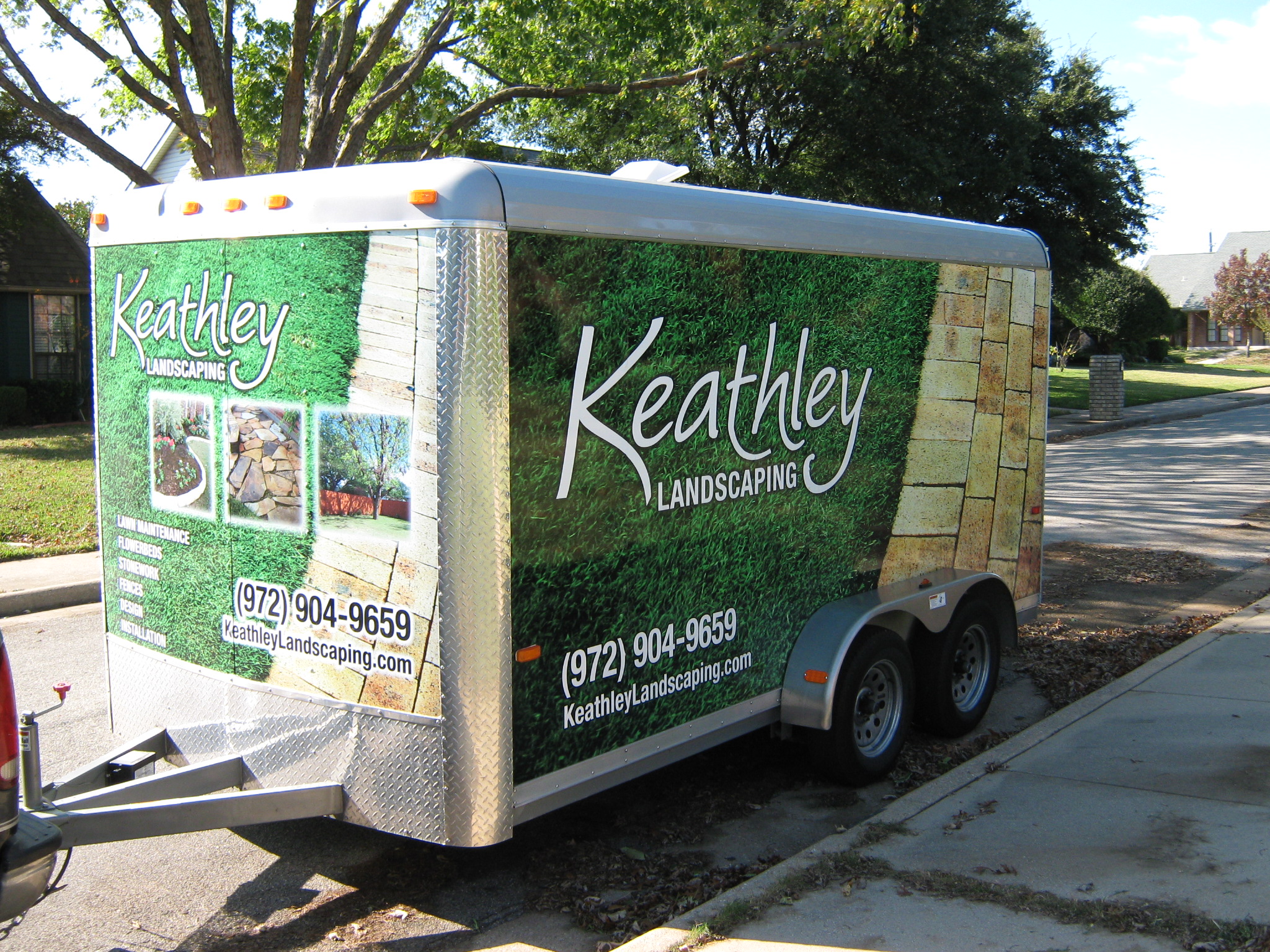Outdoor Lighting for Enhancing Nighttime Visual Appeal
Welcome to the dazzling world of outdoor lighting! 🌟 Whether you’re hosting a cozy evening gathering or just want to add a touch of magic to your garden, the right lighting can make all the difference. In this post, we’ll explore how to use outdoor lighting to enhance your nighttime visual appeal, making your outdoor spaces both inviting and functional.
Table of Contents
1. Why Outdoor Lighting Matters
2. Types of Outdoor Lighting
3. Designing Your Outdoor Lighting Plan
4. Tips for Installing Outdoor Lighting
5. Conclusion
6. FAQs
Why Outdoor Lighting Matters
Outdoor lighting isn’t just about visibility; it’s about creating an atmosphere. Imagine your garden bathed in a soft glow, or your patio illuminated with warm, inviting lights. 🌙 With the right lighting, you can highlight your home’s architectural features and create a safe, welcoming environment for guests and family alike.
Types of Outdoor Lighting
There are several types of outdoor lighting, each serving a unique purpose. Let’s delve into the most popular options:
1. Pathway Lights
Pathway lights guide the way, making walkways safe and inviting. They’re perfect for highlighting garden paths and driveways. Pro tip: stagger them for a more natural look.
2. Spotlights
Spotlights are excellent for highlighting specific features like trees, statues, or architectural details. 🎯 These focused beams can create stunning focal points in your landscape.
3. String Lights
String lights add a whimsical touch to any space. Draped over a pergola or across a patio, they provide a festive atmosphere that’s perfect for entertaining.
4. Solar Lights
Eco-friendly and cost-effective, solar lights harness the power of the sun. They’re easy to install and ideal for areas where wiring is difficult.
Designing Your Outdoor Lighting Plan
Designing an outdoor lighting plan involves more than just picking out pretty fixtures. Here are some steps to guide you:
Consider Your Space
Take note of the areas you want to illuminate. Think about pathways, seating areas, and any features you want to highlight. A well-thought-out plan will ensure that your space is both beautiful and functional.
Choose the Right Fixtures
Not all fixtures are created equal. Select lights that fit your aesthetic and practical needs. Consider the material, finish, and bulb type for each fixture.
Think About Energy Efficiency
LED lights are a great option for energy efficiency. They consume less power and have a longer lifespan than traditional bulbs, saving you money in the long run.
Tips for Installing Outdoor Lighting
Now that you have a plan, let’s talk installation:
Safety First
When dealing with electricity, safety is paramount. Ensure all fixtures and wiring are waterproof and suitable for outdoor use. If in doubt, consult a professional electrician.
Test Your Layout
Before permanently installing your lights, test different placements. This allows you to see how the light interacts with your space and make adjustments as needed.
Use Timers and Sensors
Timers and motion sensors can enhance efficiency and convenience. They’ll ensure your lights turn on only when needed, saving energy and extending bulb life.
Conclusion
Outdoor lighting is a powerful tool for transforming your outdoor spaces. By carefully selecting and positioning lights, you can create a beautiful, functional environment that shines long after the sun sets. 🌅 So go ahead, light up the night and enjoy your outdoor oasis!
FAQs
Q1: What is the best type of outdoor lighting for security?
A: Motion-activated floodlights are excellent for security, as they illuminate large areas and deter potential intruders.
Q2: How can I make my outdoor lighting more energy-efficient?
A: Opt for LED or solar-powered lights. Using timers and sensors can also reduce unnecessary energy consumption.
Q3: Can outdoor lights be used year-round?
A: Absolutely! Ensure your fixtures are weatherproof and designed for outdoor use to withstand various climates.
Q4: How do I maintain my outdoor lighting fixtures?
A: Regularly clean your fixtures to remove dirt and debris. Check for any signs of damage and replace bulbs as needed to ensure optimal performance.
We hope this guide has illuminated the possibilities of outdoor lighting for your home. Feel free to share your own tips and experiences in the comments below! 💡






































Recent Comments